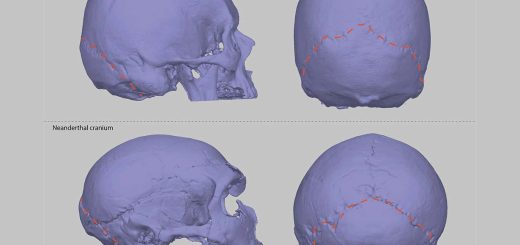First evidence of gladiator fight with lion seen in Roman-era skeleton
A man who lived in Roman-occupied Britain was bitten by a big cat, probably in a gladiator arena, an analysis of his remains has revealed
By Christa Lesté-Lasserre
23 April 2025
We know from ancient texts that Roman gladiators fought lions, but physical evidence has been lacking until now
DEA PICTURE LIBRARY/De Agostini via Getty Images
Bite marks on the pelvis of a man who lived in Roman-occupied Britain were probably made by a lion in gladiatorial combat.
The findings provide the first physical evidence that people battled animals in gladiator arenas in Europe, says Tim Thompson at Maynooth University in Ireland.
Read more
Who were the enigmatic Sea Peoples blamed for the Bronze Age collapse?
Advertisement
Gladiator spectacles involving wild cats, bears, elephants, and other animals are frequently described in Roman art and texts. But despite those accounts and the hundreds of excavated Roman amphitheatres scattered across the ancient empire, none of the approximately 200 suspected gladiator skeletons uncovered so far have shown clear signs of an animal attack.
During an urban development project in 2004 and 2005, scientists excavated the remains of about a hundred people from the Roman era just outside York, UK – a city originally founded by the Romans as Eboracum. Most of the people buried there from the 1st to the 4th centuries AD were young men, riddled with traumatic injuries and often decapitated.
One of the skeletons bore unusual depressions and puncture marks across both hips, which researchers thought might be evidence of a carnivore attack.


